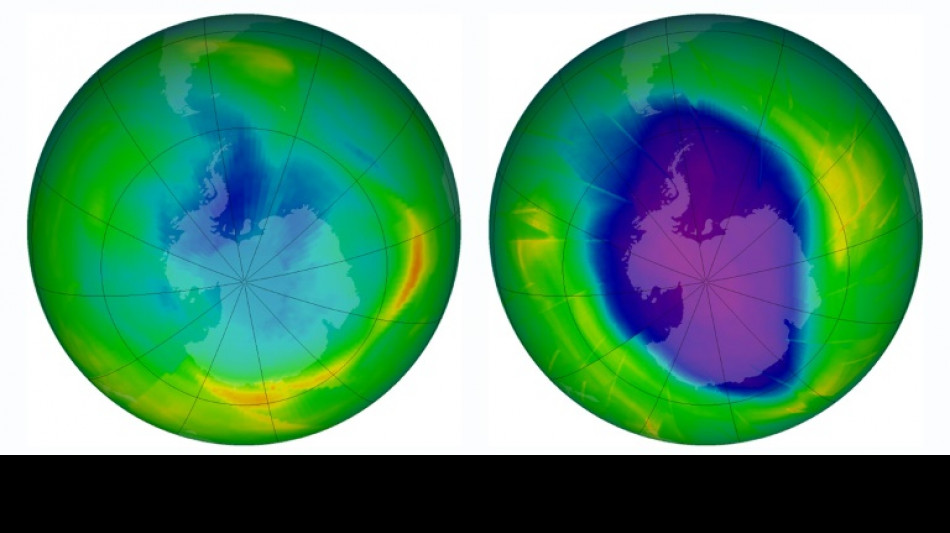
-
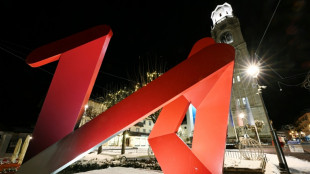 Winter Olympics organisers resolve snow problem at ski site
Winter Olympics organisers resolve snow problem at ski site
-
Fuming Denmark summons US ambassador over Greenland envoy
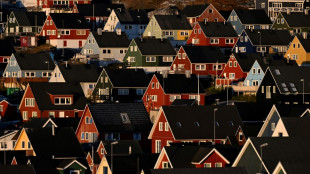
-
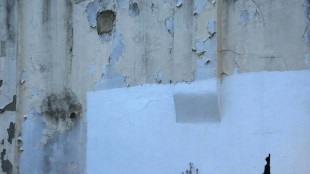 UK's street artist Banksy unveils latest mural in London
UK's street artist Banksy unveils latest mural in London
-
Rugby players lose order challenge in brain injury claim

-
 UK singer Chris Rea dies at 74, days before Christmas
UK singer Chris Rea dies at 74, days before Christmas
-
Last of kidnapped Nigerian pupils handed over, government says

-
 Zambia strike late to hold Mali in AFCON opener
Zambia strike late to hold Mali in AFCON opener
-
Outcry follows CBS pulling program on prison key to Trump deportations
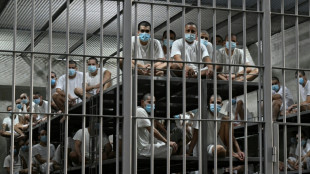
-
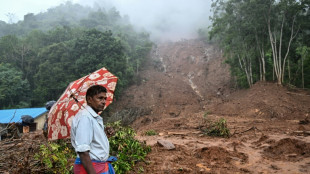 Sri Lanka cyclone caused $4.1 bn damage: World Bank
Sri Lanka cyclone caused $4.1 bn damage: World Bank
-
Billionaire Ellison offers personal guarantee for son's bid for Warner Bros

-
 Tech stocks lead Wall Street higher, gold hits fresh record
Tech stocks lead Wall Street higher, gold hits fresh record
-
Telefonica to shed around 5,500 jobs in Spain
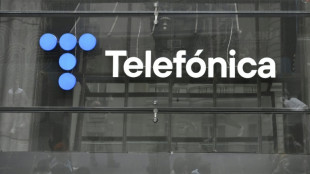
-
 McCullum wants to stay as England coach despite Ashes drubbing
McCullum wants to stay as England coach despite Ashes drubbing
-
EU slams China dairy duties as 'unjustified'
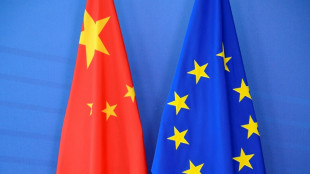
-
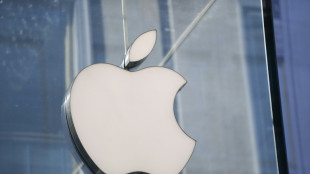 Italy fines Apple nearly 100 mn euros over app privacy feature
Italy fines Apple nearly 100 mn euros over app privacy feature
-
America's Cup switches to two-year cycle

-
 Jesus could start for Arsenal in League Cup, says Arteta
Jesus could start for Arsenal in League Cup, says Arteta
-
EU to probe Czech aid for two nuclear units
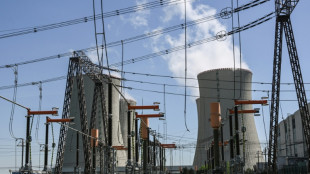
-
 Strauss says sacking Stokes and McCullum will not solve England's Ashes woes
Strauss says sacking Stokes and McCullum will not solve England's Ashes woes
-
Noel takes narrow lead after Alta Badia slalom first run

-
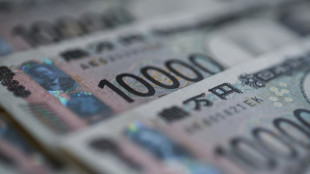 Stocks diverge as rate hopes rise, AI fears ease
Stocks diverge as rate hopes rise, AI fears ease
-
Man City players face Christmas weigh-in as Guardiola issues 'fatty' warning

-
 German Christmas markets hit by flood of fake news
German Christmas markets hit by flood of fake news
-
Liverpool fear Isak has broken leg: reports

-
 West Indies captain says he 'let the team down' in New Zealand Tests
West Indies captain says he 'let the team down' in New Zealand Tests
-
Thailand says Cambodia agrees to border talks after ASEAN meet

-
 Alleged Bondi shooters conducted 'tactical' training in countryside, Australian police say
Alleged Bondi shooters conducted 'tactical' training in countryside, Australian police say
-
Swiss court to hear landmark climate case against cement giant
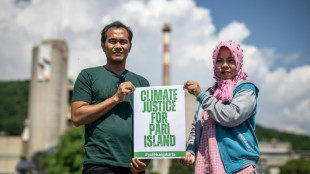
-
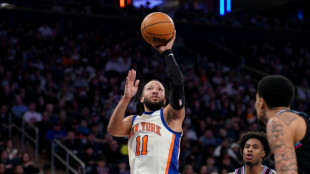 Knicks' Brunson scores 47, Bulls edge Hawks epic
Knicks' Brunson scores 47, Bulls edge Hawks epic
-
Global nuclear arms control under pressure in 2026

-
 Asian markets rally with Wall St as rate hopes rise, AI fears ease
Asian markets rally with Wall St as rate hopes rise, AI fears ease
-
Jailed Malaysian ex-PM Najib loses bid for house arrest
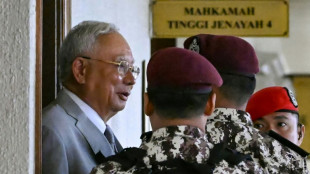
-
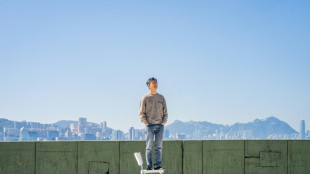 Banned film exposes Hong Kong's censorship trend, director says
Banned film exposes Hong Kong's censorship trend, director says
-
Duffy, Patel force West Indies collapse as NZ close in on Test series win

-
 Australian state pushes tough gun laws, 'terror symbols' ban after shooting
Australian state pushes tough gun laws, 'terror symbols' ban after shooting
-
A night out on the town during Nigeria's 'Detty December'
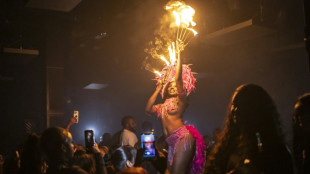
-
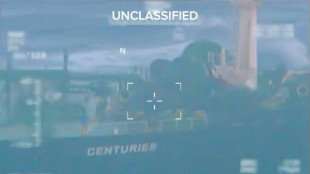 US in 'pursuit' of third oil tanker in Caribbean: official
US in 'pursuit' of third oil tanker in Caribbean: official
-
CO2 soon to be buried under North Sea oil platform
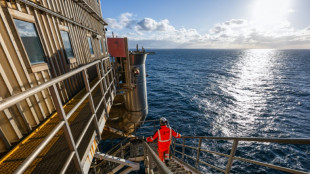
-
 Steelers edge Lions as Bears, 49ers reach playoffs
Steelers edge Lions as Bears, 49ers reach playoffs
-
India's Bollywood counts costs as star fees squeeze profits

-
 McCullum admits errors in Ashes preparations as England look to salvage pride
McCullum admits errors in Ashes preparations as England look to salvage pride
-
Pets, pedis and peppermints: When the diva is a donkey

-
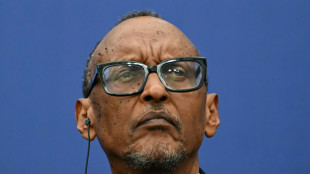 'A den of bandits': Rwanda closes thousands of evangelical churches
'A den of bandits': Rwanda closes thousands of evangelical churches
-
Southeast Asia bloc meets to press Thailand, Cambodia on truce
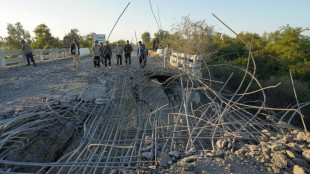
-
 As US battles China on AI, some companies choose Chinese
As US battles China on AI, some companies choose Chinese
-
AI resurrections of dead celebrities amuse and rankle

-
 Natural Products Expo West Introduces Inaugural CPG Innovation Summit for 2026 Edition
Natural Products Expo West Introduces Inaugural CPG Innovation Summit for 2026 Edition
-
HawkSearch Joins the National Association of Electrical Distributors as an Official Allied Partner

-
 Sannabis S.A.S., a Colombia Licensed Cannabis Operator, Addresses U.S. Marijuana Rescheduling and Potential Implications for International Medical Cannabis Travel and Trade
Sannabis S.A.S., a Colombia Licensed Cannabis Operator, Addresses U.S. Marijuana Rescheduling and Potential Implications for International Medical Cannabis Travel and Trade
-
LOANLEDGER AI SYSTEMS PTY LTD Confirms Official Registration and Initial Operational Phase of AI-Assisted Cryptocurrency Platform Has Been Passed


Ozone layer healing but imperiled by schemes to curb Sun's heat
The ozone layer that shields life on Earth from deadly solar radiation is on track to recover within decades, but controversial geoengineering schemes to blunt global warming could reverse that progress, a major scientific assessment warned Monday.
Since the mid-1970s, certain industrial aerosols have led to the depletion of ozone in the stratosphere, 11 to 40 kilometres (7 to 25 miles) above Earth's surface.
In 1987, nearly 200 nations agreed on the Montreal Protocol to reverse damage to the ozone layer by banning chemicals that destroy this naturally occurring stratum of molecules in the atmosphere.
That agreement is working as hoped, and is in line with previous projections, more than 200 scientists found.
"Ozone is recovering, this is a good story," John Pyle, a professor at the University of Cambridge and co-chair of Scientific Assessment of Ozone Depletion, told AFP.
The ozone layer should be restored -- both in area and depth -- by around 2066 over the Antarctic region, where ozone depletion has been most pronounced, according to the report, jointly released by the World Meteorological Organization (WMO), the UN Environment Programme, and government agencies in the US and the European Union.
Over the Arctic, full recovery will happen around 2045, and for the rest of the world in about 20 years.
An intact ozone layer filters out most of the Sun's short-wave ultraviolet radiation, which damages DNA in living organisms and can cause cancer.
At ground level, however, ozone is a major component of air pollution and exacerbates respiratory disease.
Efforts to repair the ozone layer intersect with the fight against global warming.
- Like a volcano -
The phase-out of ozone-depleting substances -- some of them powerful greenhouse gases -- will have avoided up to one degree Celsius of warming by mid-century compared to a scenario in which their use expanded some three percent per year, according to the assessment.
A class of industrial aerosols developed to replace those banned by the Montreal Protocol also turned out to be powerful greenhouse gases, and will be phased out over the next three decades under a recent amendment to the 1987 treaty.
But while the world pulled together to tackle the damage to the ozone layer, it has failed to curb carbon emissions quickly enough to forestall dangerous warming.
A world barely 1.2C above pre-industrial levels has already been buffeted by record heatwaves, droughts and temperatures, and is headed for a disastrous 2.7C above that benchmark.
With emissions continuing to rise and time running out to avoid some of the worst impacts, controversial geoengineering schemes are moving to the centre of climate change policy debates.
These include proposals to blunt global warming by depositing sulphur particles into the upper atmosphere.
But the report cautioned this could sharply reverse the recovery of the ozone layer.
So-called stratospheric aerosol injection (SAI) is increasingly seen as a potential stop-gap measure for capping temperatures long enough to tackle the problem at the source.
Nature demonstrates that it works: the violent 1991 eruption of Mount Pinatubo in the Philippines -- which spewed millions of tonnes of dust and debris -- lowered global temperatures for about a year.
- Unintended consequences -
Scientists calculate that injecting 8 to 16 million tonnes of sulphur dioxide into the stratosphere each year, roughly equivalent to Pinatubo's output, would cool Earth's temperature by about 1C.
Simulations over Antarctica in October -- when the ozone hole is biggest -- show that so-called stratospheric aerosol injection over 20 years would lower global temperatures by 0.5C.
But there's a trade-off: the ozone layer would be reduced to its 1990 levels, only a third of what it was before the impact of human activity.
The world would see "a continuing severe depletion of ozone while such solar radiation management continues," Pyle said.
The UN's climate science advisory panel, the IPCC, has warned of other unintended consequences, ranging from the disruption of African and Asian monsoons, upon which hundreds of millions depend for food, to a drying of the Amazon, which is already transitioning toward a savannah state.
The new report, the 10th to date, also highlights an unexpected decline of ozone in the lower stratosphere over the planet's populated tropical and mid-latitude regions.
Up to now, chlorofluorocarbons, or CFCs, and other molecules have mainly eroded ozone in the upper stratosphere, and over the poles.
Scientists are investigating two possible culprits: industrial chemicals not covered by the Montreal Protocol called "very short-lived substances" (VSLSs), and climate change.
X.Karnes--AMWN

